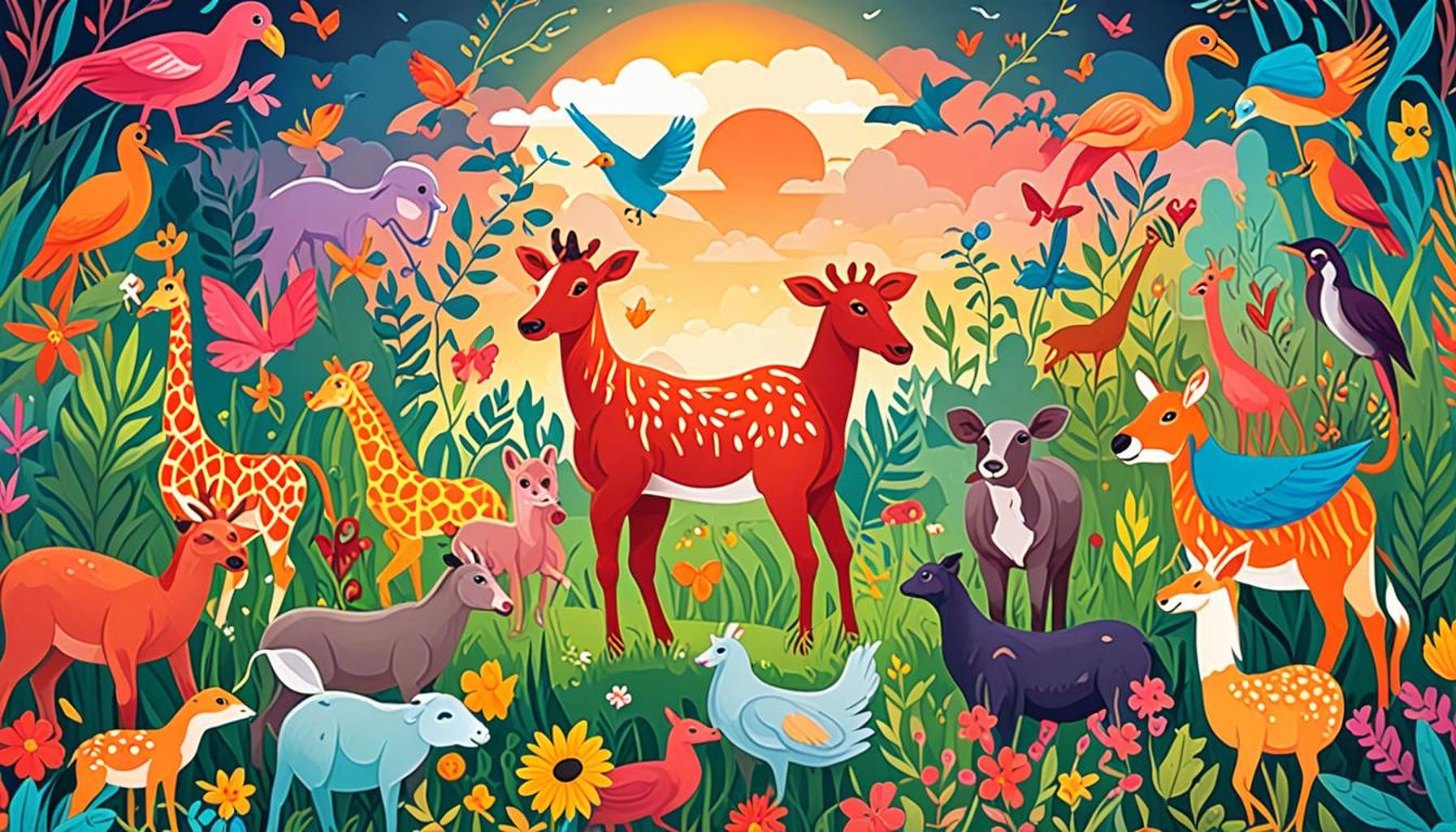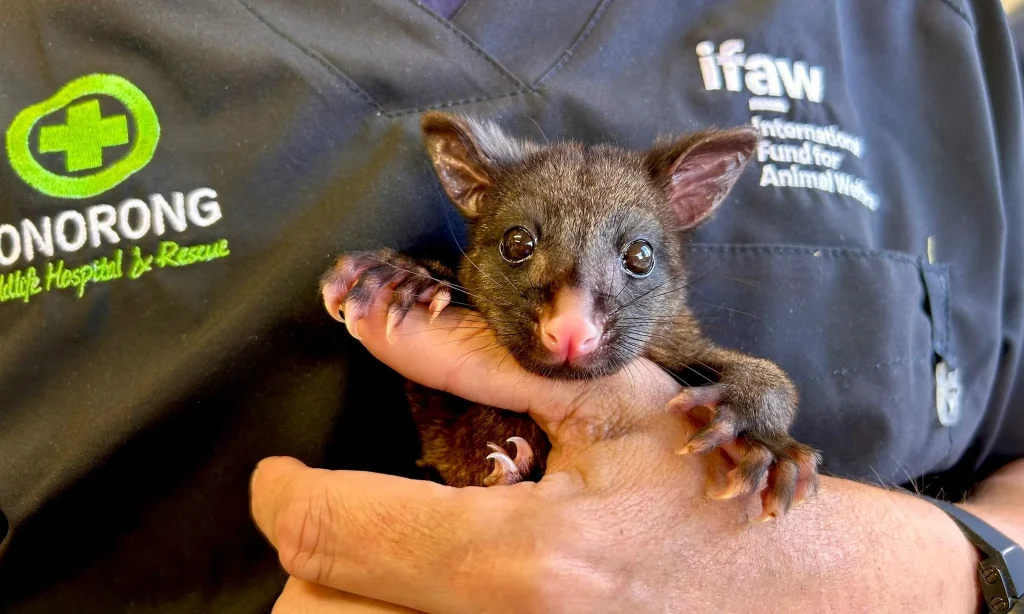The Vital Role of Animal Sanctuaries for Rescued Species

The Importance of Animal Sanctuaries
Animal sanctuaries are vital establishments dedicated to the care and rehabilitation of animals who have experienced trauma, be it from abuse, neglect, or loss of their natural habitats. These specialized organizations provide a suspended habitat where animals can live safely and stress-free, allowing them to heal both physically and emotionally. Each sanctuary is unique, catering to different species, and emphasizing their importance in wildlife conservation and rehabilitation.
Across the United States, a diverse array of sanctuaries strive to protect animals and educate the public about animal welfare. For instance:
- Primates: Sanctuaries like the Center for Great Apes in Florida focus on the rehabilitation of primates who have been rescued from the pet trade and invasive research. These facilities offer environments that mimic their natural habitats, providing the social dynamics essential for their well-being.
- Big Cats: Organizations such as the Lion Habitat Ranch in Nevada rescue big cats like lions and tigers from exploitative conditions found in circuses and roadside zoos. Many of these big cats endure severe confinement, and sanctuaries provide them spaces to roam, receive care, and live with dignity.
- Farm Animals: Sanctuaries like Farm Sanctuary in New York and California specialize in caring for farm animals such as pigs, cows, and sheep, often saved from factory farms. These animals receive a permanent home, care, and compassion, symbolizing a significant push against the industrial farming practices that often overlook animal welfare.
In addition to physical care, animal sanctuaries also serve as hubs for education and advocacy. They play an influential role in raising awareness about the challenges faced by various species and the importance of animal welfare. This is achieved through:
- Conservation: By focusing on the protection of wildlife and the habitats they depend on, sanctuaries create educational programs highlighting the balance of ecosystems and the consequences of environmental neglect.
- Community Engagement: Many sanctuaries initiate outreach programs encouraging local communities to get involved in animal welfare. Volunteer opportunities, school programs, and special events foster a sense of responsibility and connection to animals.
- Legislation: Animal sanctuaries actively advocate for laws that protect animal rights and improve welfare standards. Their efforts often translate into greater public support for policies aimed at creating safer environments for all animals.
The impact of animal sanctuaries resonates deeply, transforming not only the lives of the rescued animals but also those of the visitors who come to learn. Individuals who engage with these sanctuaries often depart with an inspired commitment to advocate for animal rights and conservation. This ripple effect underscores the sanctuaries’ significance as educational platforms, fostering a culture that values compassion and stewardship toward all living beings.

As advocates for change, animal sanctuaries lead the charge in a broader movement aimed at promoting understanding, compassion, and proactive measures to protect and respect wildlife across America.
CHECK OUT: Click here to explore more
Providing Refuge and Rehabilitation
Animal sanctuaries play a crucial role as sanctuaries for rescued species, providing a safe haven for animals that have faced unspeakable hardships. Many animals arrive at sanctuaries having suffered from abuse, neglect, and trauma, often resulting from exploitative industries or personal circumstances. These facilities are not merely animal shelters; they are places of healing where animals can find both physical care and emotional support.
Upon arrival at a sanctuary, each animal undergoes a thorough assessment by veterinary professionals who evaluate their health needs and psychological state. This meticulous approach is critical for ensuring that the unique needs of each animal are addressed. For instance, big cats rescued from abusive environments, like those at the Big Cat Rescue in Florida, often exhibit signs of fear and stress behaviors due to their previous traumatic experiences. With the right care and individual attention, many of these animals can rediscover their natural behaviors and improve their overall well-being.
In addition to physical rehabilitation, animal sanctuaries provide an environment where animals can engage in normal social interactions, which is vital for species such as primates and elephants. Social structures are central to their mental health, and sanctuaries can facilitate natural group dynamics that mimic their wild counterparts. The Sanctuary for Animals in California exemplifies this by allowing rescued elephants to form bonds and develop friendships in large, open spaces where they can roam freely.
Another significant aspect of animal sanctuaries is their commitment to lifelong care. Unlike typical rescue organizations that may focus on quick rehoming, sanctuaries ensure that animals can live out their lives in a safe and nurturing environment. This approach is particularly crucial for animals with complex needs that may not be met in conventional homes, such as farm animals rescued from factory farms residing at the Country Haven Farm Sanctuary in Illinois. Here, pigs and cows enjoy vast pastures and are provided with proper veterinary care, becoming living symbols of the movement against industrial farming.
Educational Initiatives and Community Interaction
Animal sanctuaries are more than just safe spaces; they also serve as educational platforms, fostering a culture of respect and understanding for animals in the community. Their outreach initiatives aim to educate the public on the realities faced by rescued species and the broader implications of animal welfare. Many sanctuaries offer interactive programs, including guided tours, workshops, and volunteer opportunities, to engage visitors on a deeper level. These experiences not only provide insight into the lives of rescued animals but also highlight the importance of conservation and humane treatment.
- Workshops and Events: Sanctuaries frequently host events that connect participants with the animals and educate them about issues like wildlife conservation and responsible pet ownership.
- School Programs: Educational programs designed for students promote stewardship and empathy towards animals, planting seeds of compassion in the hearts of younger generations.
- Volunteer Opportunities: Many sanctuaries rely on volunteers to help care for the animals, creating a bond between the community and wildlife that fosters awareness and advocacy.
This combination of refuge, rehabilitation, and education makes animal sanctuaries indispensable in the effort to protect and restore the lives of rescued species, as well as prompting societal shifts toward greater animal welfare. As advocates for change, they contribute significantly to a more compassionate world for all living beings, inspiring individuals to become active participants in the protection of wildlife and the promotion of humane values.
Animal sanctuaries play an integral part in the rehabilitation and protection of rescued species, fostering not only their recovery but also promoting awareness around wildlife conservation. These safe havens provide a much-needed refuge for animals that have suffered from neglect, abuse, or habitat destruction, allowing them to live out their lives in peace and safety. Sanctuaries serve as educational facilities that enlighten visitors on the pressing issues surrounding wildlife. By raising awareness about the threats faced by various species, they encourage public support for conservation efforts. This often includes campaigns aimed at reducing the demand for exotic pets or habitats, which are critical for preserving biodiversity. Furthermore, many sanctuaries actively participate in breeding programs for endangered species. These initiatives can help to bolster populations that are dwindling in the wild, creating a bridge towards potential reintroduction into their natural habitats. Such actions highlight the sanctuaries’ roles not just as shelters, but as critical components in global conservation strategies.Equally vital is the community aspect established by these facilities. Sanctuaries often partner with local organizations, fostering relationships that lead to collaborative conservation efforts. This local engagement can have a ripple effect, encouraging more people to get involved in animal welfare and environmental sustainability.Through these various roles, animal sanctuaries significantly contribute to the overall health of ecosystems, illustrating the profound impact they have not only on the species they house but also on the broader environmental landscape. Such establishments remind us that when we protect our fauna, we protect the future of our planet.
SEE ALSO: Click here to read another article
Advocacy and Legal Protection
Animal sanctuaries are not just places of refuge; they also serve as powerful advocates for animal rights and welfare, impacting legal protections for rescued species. By raising awareness about the plight of abused and neglected animals, these sanctuaries bring attention to the pressing need for legislative change. Many sanctuaries actively engage in lobbying efforts aimed at strengthening animal protection laws, thereby addressing systemic issues that lead to animal suffering.
In the United States, animal sanctuaries often collaborate with **animal welfare organizations** to bring about policy changes that reflect enhanced protections for rescued species. For example, sanctuaries like the Wild Animal Sanctuary in Colorado have successfully lobbied for stricter regulations on the private ownership of exotic animals, which has been linked to instances of neglect and exploitation. These collaborations facilitate a comprehensive approach to animal advocacy that combines on-the-ground rescue with legal reform efforts.
The impact of these advocacy initiatives can be profound. For instance, in recent years, several states have passed laws banning the sale and possession of wild animals as pets. This shift in legislation not only protects rescued species but also prevents the cycle of abuse that often begins when animals are purchased without consideration of their complex needs. Sanctuaries play a pivotal role in documenting cases of abuse and sharing their findings with lawmakers, helping to create a more informed public discourse on animal welfare.
Research and Conservation Efforts
Animal sanctuaries are increasingly involved in research and conservation efforts aimed at preserving biodiversity and promoting the welfare of endangered species. By providing a stable environment for animals that may be at risk of extinction, these facilities contribute critical data to conservationists and researchers studying animal behaviors, rehabilitation methods, and species-specific needs. For instance, the Elephant Sanctuary in Tennessee conducts research that helps mitigate the challenges faced by elephants in captivity, ensuring that best practices are shared widely among zoos, sanctuaries, and wildlife rehabilitation centers.
Furthermore, many sanctuaries participate in breeding programs aimed at reintroducing species back into the wild. Through careful genetic management and habitat preservation, sanctuaries can help bolster populations that may have dwindled due to human activity. The California Condor Recovery Program is a notable example of this effort, whereby individuals raised in captivity are released into their native habitat to enhance the wild population and reduce the risk of extinction.
- Collaboration with Conservation Groups: Sanctuaries often partner with organizations like the **World Wildlife Fund** and **The Nature Conservancy** to align their efforts with broader conservation goals.
- Educational Research: Hosting students and interns, sanctuaries become living laboratories, engaging future generations in the challenges and successes of animal welfare.
- Species-Specific Studies: Conducting continuous studies on rescued animals enhances knowledge about habitats, diets, and social structures, which is vital for conservation strategies.
Through their advocacy and contributions to research, animal sanctuaries emerge as vital players in the ecosystem of animal welfare and conservation. Their multifaceted approach not only addresses immediate rescue needs but also fosters a long-term vision for the protection and preservation of species. By highlighting the link between sanctuary efforts and broader societal impacts, these facilities invite a greater understanding of the importance of animal welfare in shaping a compassionate future for all living beings.
CHECK OUT: Click here to explore more
Conclusion
In summary, animal sanctuaries play an indispensable role in the landscape of wildlife rescue and conservation. They provide a safe haven for animals that have suffered the consequences of human actions, while simultaneously serving as a robust platform for advocacy and education. Through their efforts, they not only rescue individual animals but also contribute to a larger movement for animal rights and welfare, influencing public policy and awareness surrounding these critical issues.
Additionally, the involvement of sanctuaries in research and conservation initiatives opens new avenues for understanding species preservation. By facilitating studies that improve the care of endangered animals and collaborating with recognized organizations, sanctuaries like the North Carolina Zoo and Best Friends Animal Society enhance our grasp of biodiversity and the urgent need for protective measures. Their commitment to breeding programs and habitat restoration further demonstrates their vital role in reducing extinction risks.
As communities nationwide increasingly recognize the importance of sanctuary work, the potential for a collaborative approach between sanctuaries, governments, and the public grows. This search for common ground can inspire meaningful actions moving forward in addressing animal welfare. By championing the importance of these establishments, we can work towards a future where both rescued species and their natural habitats are respected and protected. Readers are encouraged to support local sanctuaries, educate themselves about the choices they can make, and advocate for policies that promote animal welfare, ultimately contributing to a more compassionate society.



